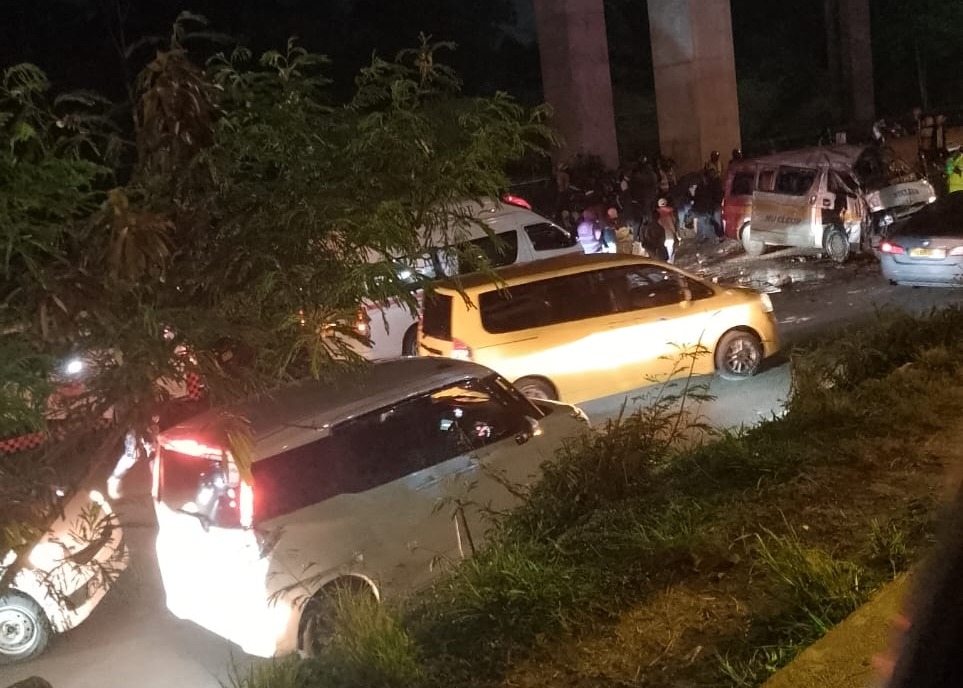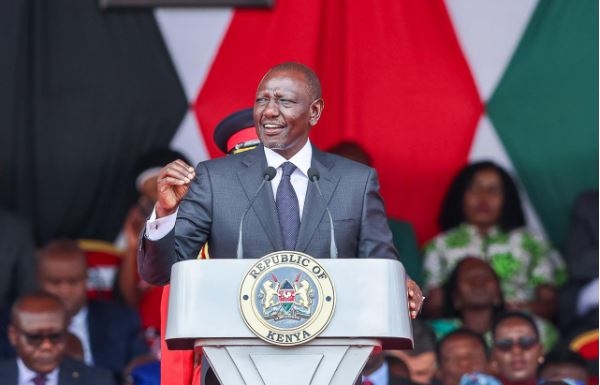At the recent Devolution 10th anniversary conference, there was an emblem of failed public health policy on display: the new drones that are supposedly going to make it easier to deliver medicines to Kenyans living in remote locations.
But more about those drones later.
Let me first make the point that health services are perhaps the most crucial of all those functions of government that the 2010 Constitution devolved to the counties.
Among other things, the devolution of the health function – intended to take health services 'closer to the people' – gave the new county governments the opportunity to reimagine what such devolved health services should consist of, and to innovate where necessary to achieve better health outcomes.
And some of the projects embarked on by county governments were indeed very different from what the central government had previously prioritised.
I remember, for example, one governor held a huge public event at a stadium, at which dozens and dozens of ambulances were 'launched'. The idea here was that these ambulances were to be stationed strategically throughout the county, so that nobody in that entire county who fell sick, would lack immediate and swift transportation to a suitable medical facility.
If I recall correctly that critical care facility was to be a massive level 5 hospital, then still under construction.
However, this well-intentioned concept for a county-based healthcare system overlooked something quite basic: that effective healthcare policy, even in the richest countries, focuses on prevention rather than dealing with medical emergencies.
If you have friends or family living in the UK, for example, then you surely must have heard at some point how they receive timely reminders from the National Health Service, to go to a nearby public hospital for a checkup. Such checkups range from a routine dental examination for children, to a prostate cancer examination for older men, or breast cancer examination for middle-aged women.
It always costs far less to treat a potential health challenge that is detected early, than to only begin to address it when there is a crisis. And ambulances are designed to handle crises, not routine health challenges that are still at a stage where the patient can just walk into a hospital after having reached the place through public transport.
When the focus of public health policy at the county level is on the purchase of ambulances – or for that matter on a huge level 5 referral hospital providing all kinds of specialised medical services – then will there really be enough money left to establish and equip the small rural clinics at which the basics of health services can be most effectively provided?
This brings us back to those drones.
Surely this is a technology that can only be useful in an extreme emergency. Otherwise, the routine distribution of drugs is usually possible via SUV cars, or motorbikes. And in Northern Kenya (if we are to believe a visual presentation I once saw on this subject) by camel.
So, to buy these high-tech drones and train medical staff on their deployment – a deployment that may only occur a few times each month – is yet again a misallocation of the resources which could be much better used to set up a functional system of rural clinics adequately staffed and provisioned for dealing with the usual ailments which ordinary Kenyans suffer from.
Yet it is the drones, the ambulances and the level 5 referral hospitals that will continue to dominate county health policy.
There is a good reason for this. Previously when health services were completely under the central government – both in policy creation and implementation – the technocrats in charge could gain no advantage from the ostentatious launch of new ambulances or drones. But we now have county governors who have every reason to seek just such events because they have real PR value.
The governors have reelection (or the pursuit of other high offices) to worry about. And for this, media coverage is vital.
The unpleasant fact here is that devolution has politicised public health policy in a way that it never was when health policy was largely in the hands of technocrats at Afya House.














